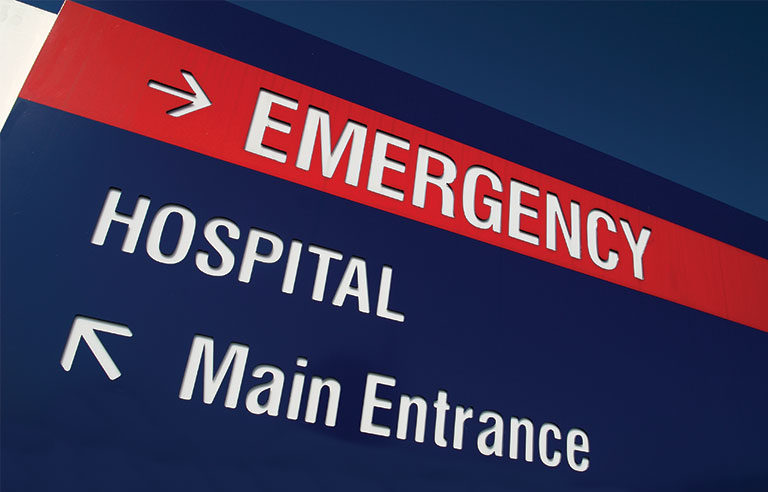Landmark opioid bill closer to becoming law

UPDATE: President Donald Trump on Oct. 24 signed into law H.R. 6.
Washington — The Senate on Oct. 3 passed an extensive package of bipartisan opioid legislation with provisions that include boosting efforts to improve the coordination of emergency department overdose care and advancing hair testing as an accepted drug-testing method for transportation industry employees.
The Substance Use-Disorder Prevention that Promotes Opioid Recovery and Treatment for Patients and Communities Act (H.R. 6) now heads to President Donald Trump’s desk for his signature.
More than 42,000 Americans died from opioid-related overdoses in 2016, the Centers for Disease Control and Prevention states. According to preliminary agency estimates, that figure climbed to nearly 48,000 in 2017.
“Seldom are there times when you’re legislating that you can say that what you’re doing will actually save lives,” Rep. Greg Walden (R-OR), the bill’s sponsor, said during a Sept. 28 speech on the House floor, where he lauded the comprehensive nature of the legislation and the overall bipartisan effort behind it. “This is one of those times.”
Included in the legislative package are the Preventing Overdoses While in Emergency Rooms Act (H.R. 5176/S. 2610) and the Alternatives to Opioids in the Emergency Department Act (H.R. 5197/S. 2516). The former would offer grants to initiate medication-assisted treatment protocol in emergency departments – treating substance misuse by using Food and Drug Administration-approved medications in tandem with counseling and behavioral therapies.
The latter would establish a three-year trial program in which eligible hospitals and emergency departments – via grant funding – would “develop, implement, enhance, or study alternative pain management protocols and treatments that promote the appropriate limited use of opioids in emergency departments.”
Officials from the American College of Emergency Physicians, who worked with lawmakers to develop parts of the legislation, hailed the move.
“I applaud members of Congress for their leadership in the bipartisan development and passage of this legislative package to address a true public health emergency,” ACEP President Vidor Friedman said in a press release. “Despite nationwide attention, the devastating and far-reaching impacts of the opioid epidemic persist.”
Additionally, the legislation includes the Fighting Opioid Abuse in Transportation Act (S. 2848), which would:
- Require the Substance Abuse and Mental Health Services Administration to report to Congress on its progress in developing and completing guidelines for hair sample drug testing, as required by the Fixing America’s Surface Transportation Act of 2015.
- Expand drug and alcohol testing requirements to include rail mechanical employees and yardmasters.
- Direct the Department of Health and Human Services and the Department of Transportation to include testing for fentanyl, a synthetic opioid considered up to 50 times more potent than heroin, pending Congressional findings on available testing.
The American Trucking Associations is a longtime advocate for the use of hair samples as a drug-testing method for commercial motor vehicle drivers. In a March 2017 letter to Secretary of Health and Human Services Tom Price, the organization states that, compared with urinalysis, hair testing is easier to collect and more difficult to manipulate, and provides employers with a longer window to detect drug use.
“Our fleets need to depend on – and need the government to recognize – the most accurate, reliable and fail-safe drug testing methods available,” Bill Sullivan, ATA’s executive vice president for advocacy, said in a Sept. 18 press release. “The time has come to get this done.”
In a statement issued Oct. 4, the National Safety Council commends Congress for passing a bill that “spreads the responsibility to curb the epidemic across several different government agencies and private organizations,” adding that, “collaboration and coordinated efforts are sorely needed, and this bill helps outline ways to work together most effectively.”
Post a comment to this article
Safety+Health welcomes comments that promote respectful dialogue. Please stay on topic. Comments that contain personal attacks, profanity or abusive language – or those aggressively promoting products or services – will be removed. We reserve the right to determine which comments violate our comment policy. (Anonymous comments are welcome; merely skip the “name” field in the comment box. An email address is required but will not be included with your comment.)

